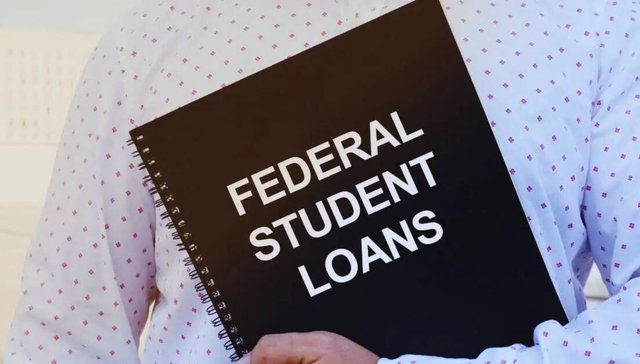In today's world, pursuing higher education often comes with a hefty price tag. Fortunately, federal loans can be a lifeline for students and their families. Understanding the various types of federal loans available is crucial for making informed decisions about financing education. In this article, we'll explore the different categories of federal loans, providing you with a clear roadmap to navigate the complex world of educational financing.

What Are Federal Loans?
Federal loans are financial aid resources provided by the United States government to help students and their families cover the costs of education. These loans typically offer lower interest rates and more favorable terms compared to private loans, making them an attractive option for many.
Types of Federal Loans
- Direct Subsidized Loans
Direct Subsidized Loans are designed for undergraduate students with demonstrated financial need. The government pays the interest on these loans while the student is in school, during the grace period, and in deferment.
- Direct Unsubsidized Loans
Direct Unsubsidized Loans are available to both undergraduate and graduate students. Unlike subsidized loans, interest begins accruing as soon as the loan is disbursed. Students are responsible for the interest, which can be deferred but will be added to the principal balance.
- Direct PLUS Loans
Direct PLUS Loans are available to parents of dependent undergraduate students and graduate or professional students. These loans require a credit check but can cover the entire cost of education, including tuition, fees, and living expenses.
- Direct Consolidation Loans
Direct Consolidation Loans allow borrowers to combine multiple federal loans into a single loan, simplifying repayment. While the interest rate on the consolidation loan is a weighted average of the original loans, it can extend the repayment term.
- Federal Perkins Loans
Federal Perkins Loans are low-interest loans awarded to undergraduate and graduate students with exceptional financial needs. The Perkins Loan program has expired, but some borrowers may still be eligible for loan forgiveness.
- Federal Stafford Loans
Federal Stafford Loans are available to undergraduate and graduate students. These loans come in two types: subsidized and unsubsidized. The interest rates and eligibility criteria vary depending on the type.
- Federal Direct Consolidation Loans
Federal Direct Consolidation Loans allow borrowers to combine multiple federal education loans into a single loan, simplifying repayment. This consolidation can help manage monthly payments and extend the repayment term.
- Federal Direct Parent PLUS Loans
Federal Direct Parent PLUS Loans are designed for parents of dependent undergraduate students. These loans can cover the remaining cost of education after other financial aid is applied.
- Health Professions Student Loans
Health Professions Student Loans are for students pursuing degrees in health-related fields. These loans have low-interest rates and generous repayment terms.
- Nursing Student Loans
Nursing Student Loans are available to students studying nursing. These loans come with favorable terms and may offer loan forgiveness for those working in underserved areas.
- Federal Perkins Loans
Federal Perkins Loans, though no longer available for new borrowers, are worth mentioning due to their historical significance. They offered low interest rates and favorable repayment options.
- Teacher Education Assistance for College and Higher Education (TEACH) Grants (H2)
While not loans, TEACH Grants are essential for aspiring educators. They provide financial assistance to students who agree to teach in high-need areas for a certain period, with an option for loan forgiveness.
- Income-Driven Repayment Plans
These plans aren't loans themselves but are crucial for federal loan borrowers. They adjust monthly payments based on income, providing manageable repayment options.
Conclusion
Federal loans play a significant role in making higher education accessible to a broad range of students. Understanding the various types of federal loans available is essential for making informed decisions about financing your education. Whether you're an undergraduate, graduate student, or a parent looking to support your child's education, there's likely a federal loan program that suits your needs.
Don't hesitate to explore your options, apply for aid, and create a financial plan that aligns with your educational goals. Federal loans can be a valuable resource in achieving your academic aspirations.
FAQs
Are federal loans the same as private loans?
Federal loans are different from private loans. They are offered by the government and typically have lower interest rates and more flexible repayment options.
Can I get federal loans if I have a bad credit score?
Most federal loans do not require a credit check, so your credit score won't impact your eligibility for these loans.
What is the interest rate on federal loans?
Interest rates on federal loans can vary depending on the type of loan and the year it was disbursed. It's essential to check the current rates before applying.
How do I apply for federal loans?
To apply for federal loans, you need to complete the Free Application for Federal Student Aid (FAFSA) form. This form determines your eligibility for various federal aid programs.
Can federal loans be forgiven?
Some federal loans may be eligible for forgiveness programs, especially if you work in certain public service professions. It's crucial to research and understand the specific requirements for loan forgiveness.